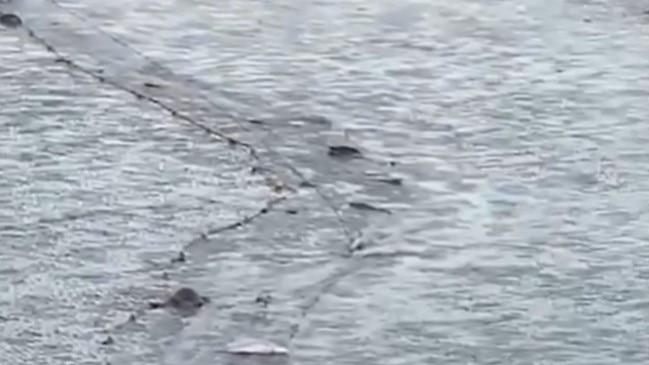Gillnet phase-out could kill NQ wild seafood industry
Protesters will rally in Home Hill this weekend, before towing their fishing boats to Ayr. See what’s got them so upset.

News
Don't miss out on the headlines from News. Followed categories will be added to My News.
Fishermen are holding a protest against an upcoming commercial fishing net ban at Home Hill this weekend, fearful their businesses will be severely impacted when it’s implemented.
Protesters and their supporters will assemble at the Home Hill Comfort Stop at 12.30pm on Saturday.
The group will then drive to the Ayr Showgrounds Hall for a public meeting about the gillnet fishing ban at 2pm.
In June, the Federal and Queensland governments pledged to buy-out and remove all N2 (set mesh netting) and N4 (offshore waters netting) commercial licences by December 31.
There will also be a phase out of Queensland’s N1 (general purpose mesh netting) licences by mid-2027.
Burdekin-based commercial fisherman Neil Green believes the ban is being driven by the United Nation’s UNESCO and accused the Federal and Queensland governments of bowing to pressure.
“The gillnet ban was announced last month without any consultation with fishing industry families,” Mr Green said.

The Department of Climate Change, Energy, the Environment and Water (DCCEEW) said the Federal Government has been working “for many years” to address concerns around the impact of gillnets on threatened species.
Gillnets are used to catch mackerel, gummy shark, tropical sharks, mullet, bream, barramundi, threadfin and other popular species.
Gillnets hang in the water column, stretched between weights and floats, and are designed so fish stick their heads through but can’t fit their gills.
This design is considered beneficial because it allows juvenile fish to swim through the net and causes minimal disturbance to the sea or estuary floor.

However, they can entangle endangered species like hammerhead sharks, turtles, dolphins and dugongs.
Mr Green said gillnets are the only way NQ commercial fishermen are able to “efficiently” catch barramundi, blue salmon, and more.
“There are no alternatives for us. Down south they also use tunnel nets but you’ve got to get in the water to set the tunnel up and we have too much wave action, mud and crocs here to do that,” Mr Green said.
“This is going to have a $12.5m impact on the Burdekin district alone.”

The buy-out and removal of the nets is part of a $160m plan for the Great Barrier Reef world heritage area announced by Federal environment minister Tanya Plibersek.
According to the plan, all commercial gillnet fishing in the heritage area will be phased out by mid-2027 and new ‘net-free’ zones will be created to protect large marine species.

Part of the $160m will be used to buy out commercial net licenses before the total ban in 2027.
“They say they’ll buy our licences, but they aren’t buying our nets or our boats,” Mr Green said.
“I think the Queensland Government have been caught by surprise with this. They’ve taken the Federal Government’s money and they’re saying we’ll buy your licences and create some imaginary net you can use in the future.”
According to the Queensland Seafood Industry Association (QSIA), consumer access to sustainably-harvested local fish will be affected.
“Consumers will be forced to eat farmed and imported fish from unregulated overseas fisheries,” the QSIA said.
“Considering the barramundi season closes on October 31, fishers in fact have just four months’ worth of work before their businesses are seriously impacted... This will leave professional fishers with thousands and thousands of dollars of unusable infrastructure.”
According to the Queensland government, there are 85 active N1 licences, 94 N2’s and 5 N4 licenses.
Originally published as Gillnet phase-out could kill NQ wild seafood industry





